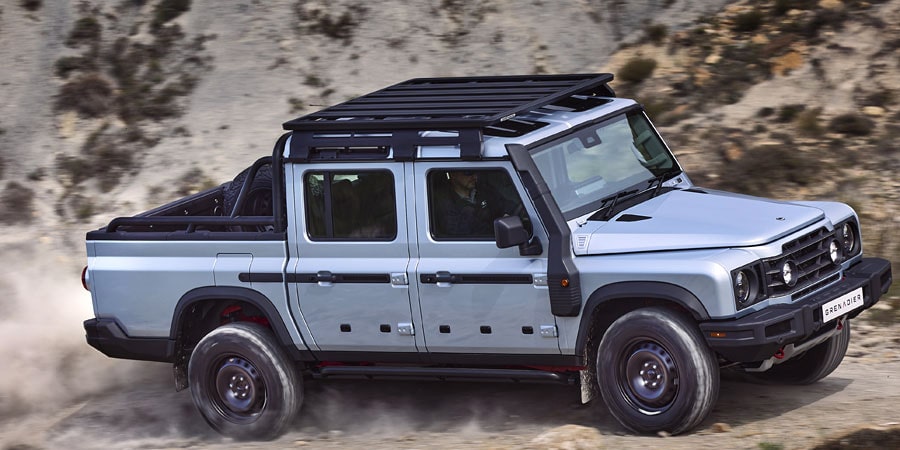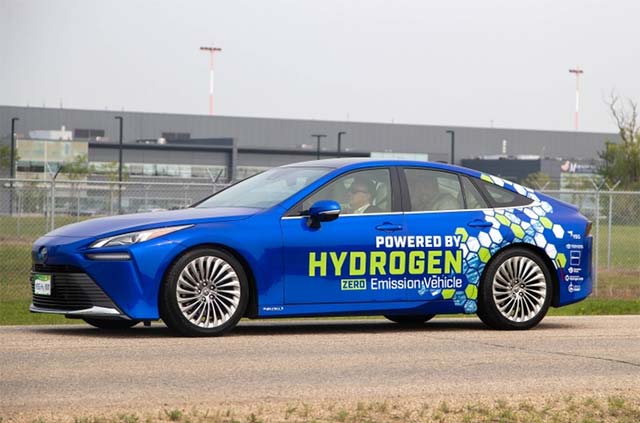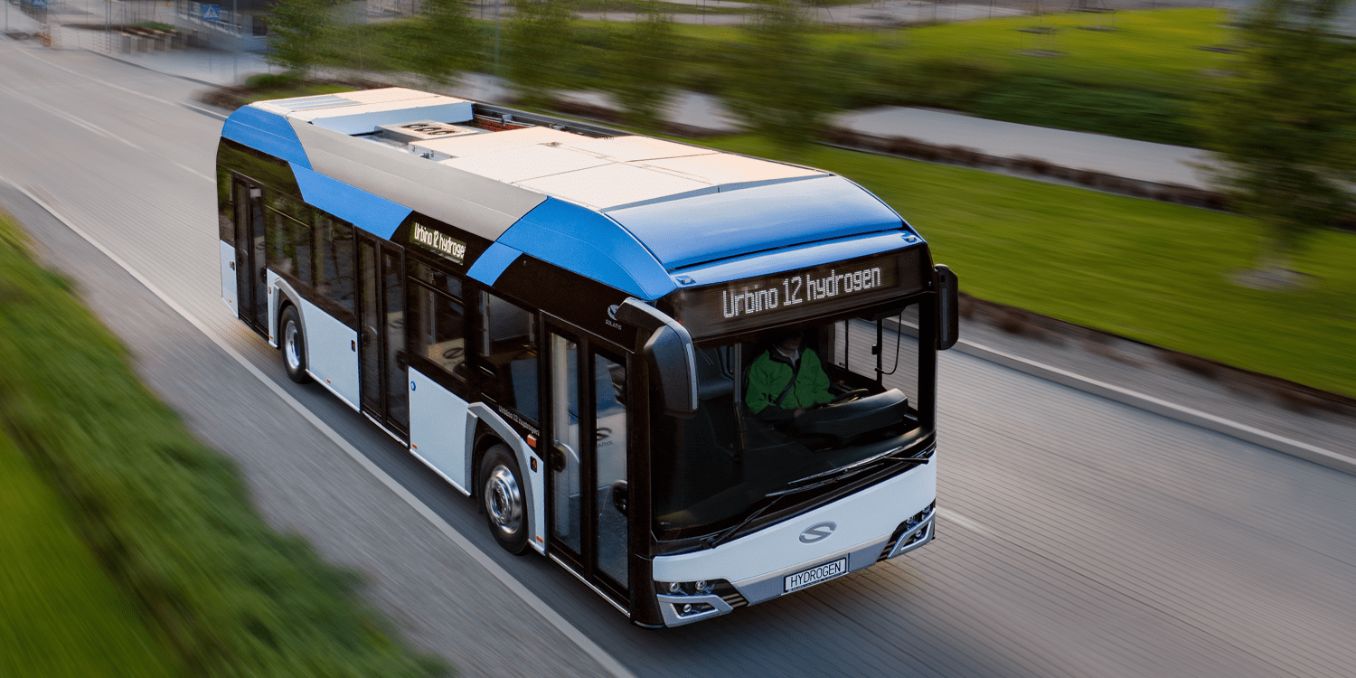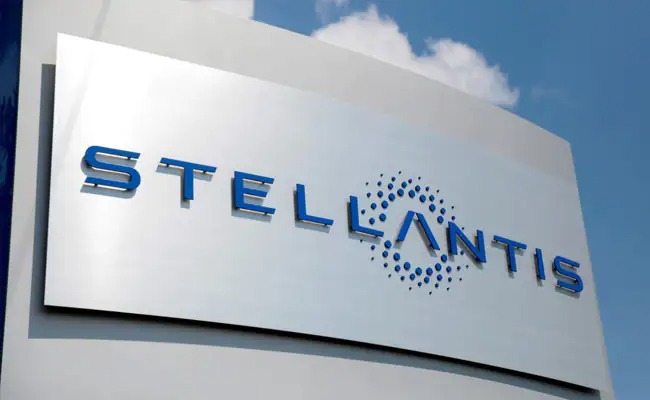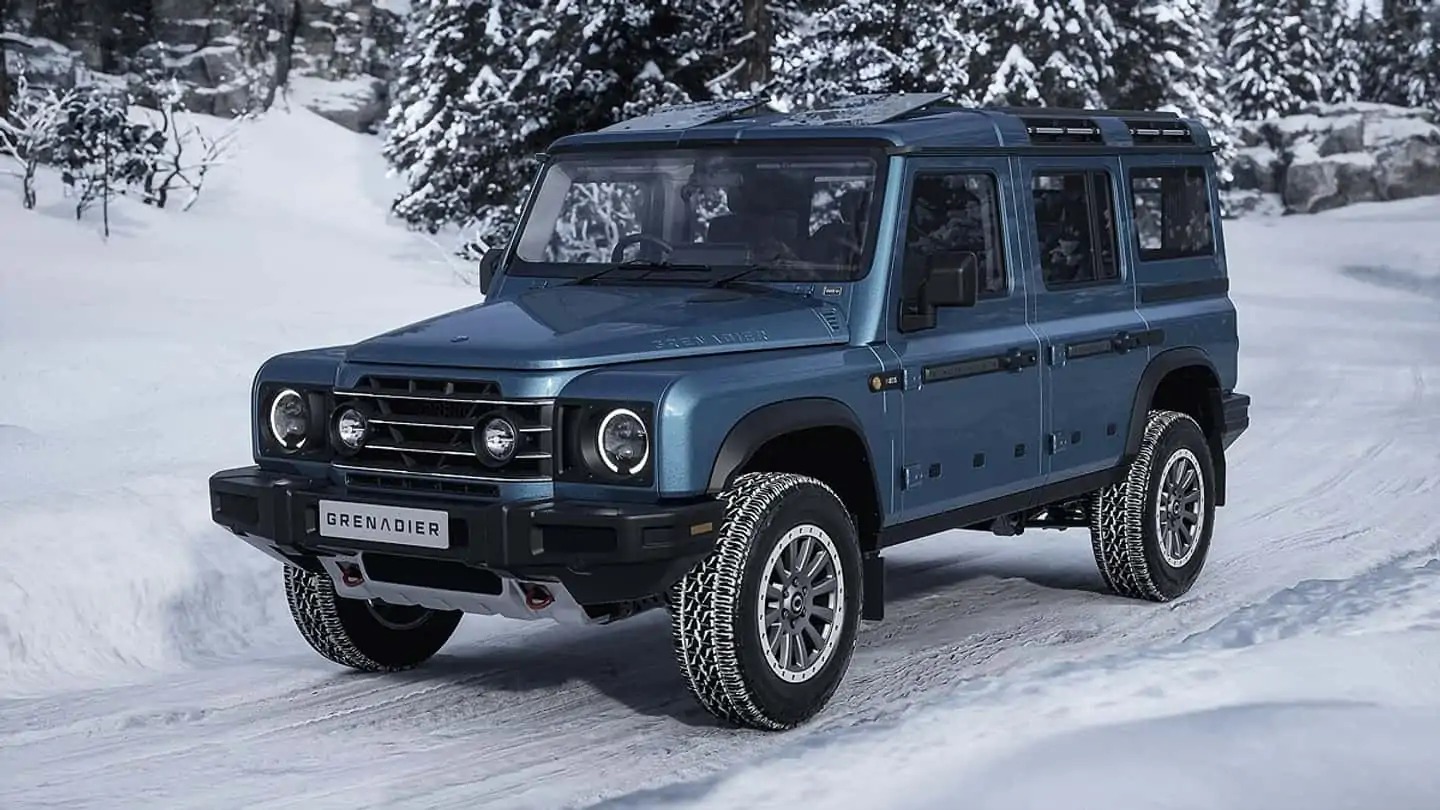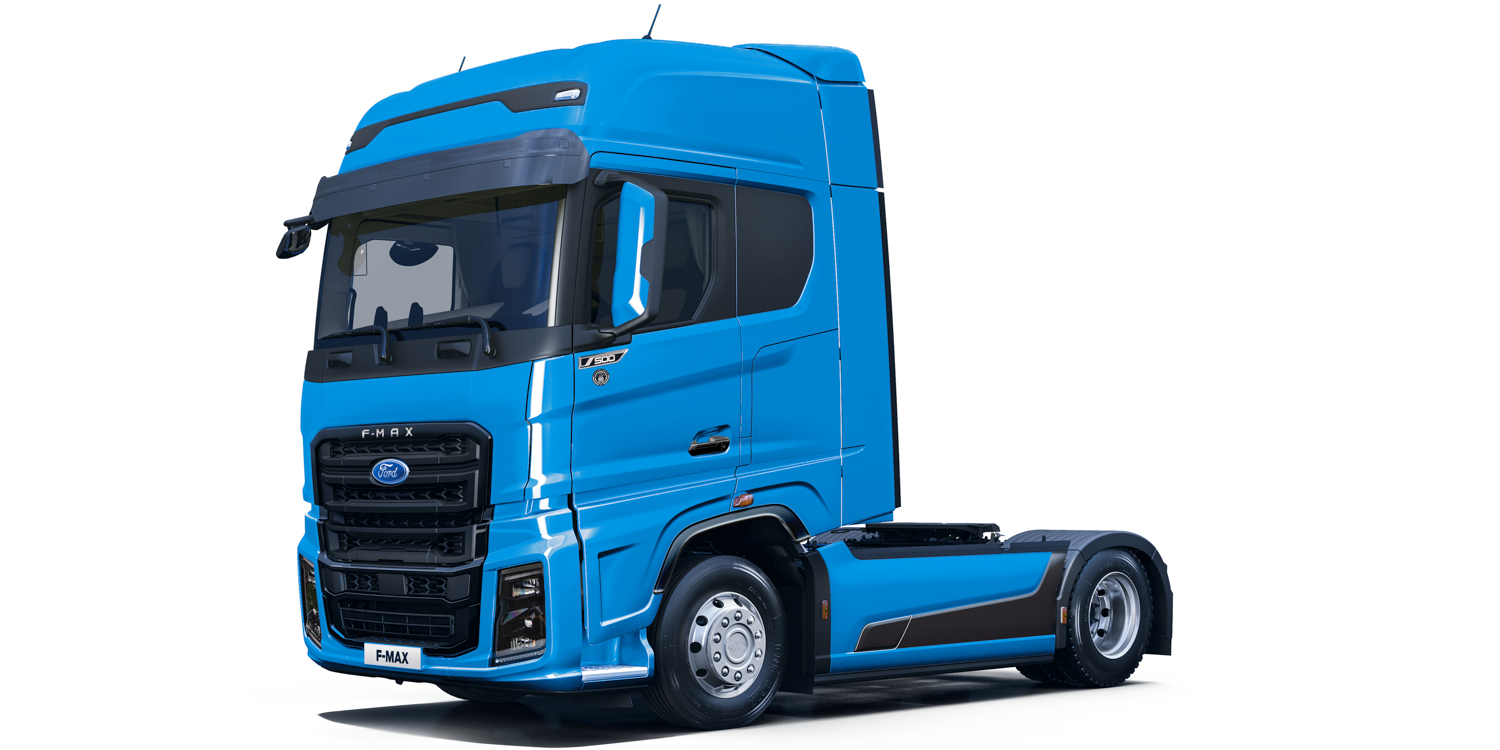Ineos Automotive, a division of the British chemical company Ineos Group, has unveiled an innovative hydrogen-fuel-cell variant of its popular Grenadier 4×4 vehicle at the prestigious Goodwood Festival of Speed. The company showcased a demonstrator model equipped with BMW’s cutting-edge hydrogen-fuel-cell stack, replacing the conventional combustion engines previously supplied by BMW.
The fuel-cell vehicle developed by Ineos boasts a hydrogen storage capacity of 5 kg, enabling it to achieve an impressive range of approximately 200 km (124 miles) before requiring refueling. However, Ineos has set its sights higher and aims to achieve a remarkable range of 550 km (342 miles) for the final production model. In addition to its hydrogen-powered system, the Grenadier employs three electric drives, with one located in the front and two in the rear wheels. Ineos claims that this setup can generate a substantial torque of up to 5900 lb-ft.
Looking toward the future, Ineos Automotive emphasizes its commitment to further enhancements in the production version of the vehicle. The company aims to achieve a combined torque output of 13,276 lb-ft, reflecting its dedication to pushing the boundaries of performance.
Initially, Ineos had chosen a Hyundai powertrain and had signed a memorandum of understanding with the South Korean company. However, the decision to adopt a hydrogen drive was motivated by Ineos Group’s access to its own hydrogen production capabilities.
CEO of Ineos Automotive, Lynn Calder, expressed confidence in the technology, stating, “Our demonstrator proves that the technology is capable. But what we need now is support from policy makers to help establish the infrastructure required for the next generation of hydrogen vehicles.” Calder also emphasized the importance of striking a balance between hydrogen and other emissions-free transportation options, highlighting the suitability of battery electric vehicles (BEVs) for shorter trips, private car journeys, and urban deliveries, while identifying hydrogen fuel cell electric vehicles (FCEVs) as better suited for longer trips and heavy-duty applications where battery limitations can impact payload capacity and the need for longer ranges between stops.
Ineos has plans to launch a battery-electric vehicle in 2026, which will be produced by contract manufacturer Magna in Graz, the same facility responsible for manufacturing the Fisker Ocean. This strategic move demonstrates the company’s diversified approach to vehicle technology development, positioning it to adapt to evolving market demands and consumer preferences.

